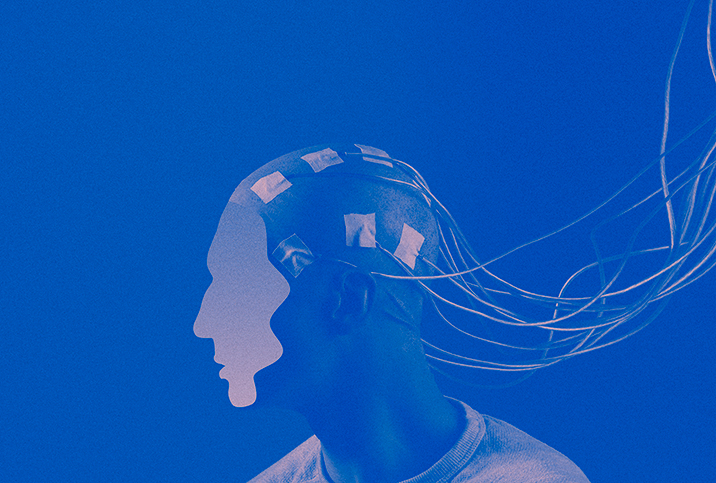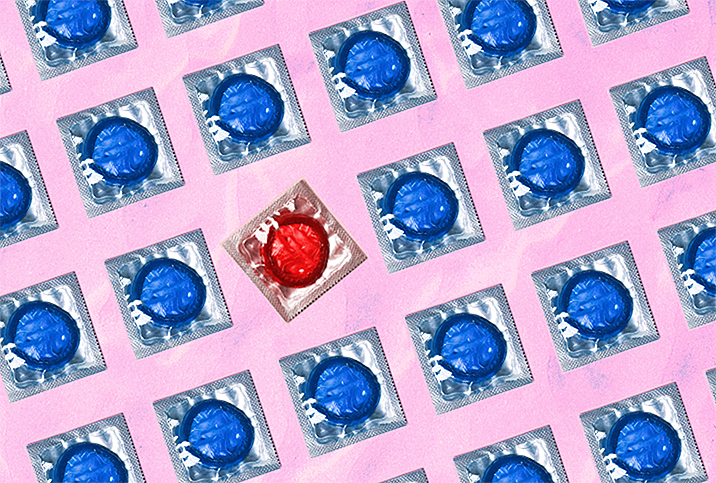Deep Brain Stimulation Can Treat Physical and Mental Conditions

Deep brain stimulation (DBS) is an FDA-approved treatment for certain movement disorders such as Parkinson’s disease, essential tremor, epilepsy, obsessive-compulsive disorder (OCD) and more.
The list of conditions DBS could be used to treat is expected to continue to grow. According to the Mayo Clinic, deep brain stimulation is being studied to treat other conditions such as addiction, major depressive disorder, Tourette syndrome, traumatic brain injury, chronic pain and dementia.
So, what exactly does deep brain stimulation look like?
A doctor implants electrodes in specific areas of the brain, which are used to produce electrical impulses in order to regulate abnormal impulses related to various health conditions. In some cases, the electrical impulses are used to affect certain cells or chemicals in the brain. The electrodes in the brain are controlled by a device similar to a pacemaker that is surgically placed beneath the skin of the upper part of the chest. A wire attached to the device extends under the skin, connecting it to the electrodes in the brain.
When do people get DBS?
Because DBS involves a neurological procedure, it is by no means the first option doctors consider for any condition. Deep brain stimulation is typically reserved for severe cases when other treatments have been unsuccessful at managing symptoms.
Modern DBS was first pioneered in the 1980s by Alim Benabid, who first discovered the treatment was able to improve symptoms of Parkinson’s disease, according to The Lancet. Since then, deep brain stimulation has continued to be developed and used to treat other movement disorders.
While OCD is currently the only psychiatric disorder DBS is approved to treat, medical researchers are optimistic the treatment could provide an effective way to manage symptoms of other mental health issues such as severe cases of depression, anxiety and addiction. Additional clinical trials are underway to work toward approval.
Getting the surgery
In order to get DBS, you must undergo two minimally invasive surgeries to install the electrodes and the pulse generator.
First, there’s brain surgery, in which the surgeon uses an MRI to identify the area in the brain where the electrodes are to be placed. From there, a local anesthetic will be applied to the scalp before a small hole is created in the skull so that a wire (sometimes two) with a number of electrodes can be implanted into a specific part of the brain. Since there are no pain receptors in the brain, this procedure can be done while the patient is awake, or they can opt to be put under general anesthesia.
The wire is guided beneath the skin to connect to the pulse generator implanted near the collar bone during the second procedure, the chest surgery. Patients are put under general anesthesia and the battery-operated pulse generator is placed under the skin and connected to the wire guided down from the brain.
One important thing to know about DBS is that it's not a cure for the ailments it treats. On the contrary, deep brain stimulation is intended to lessen symptoms and help patients get them under control after medication or other therapeutic treatments have failed. According to experts, DBS isn’t successful for everyone and depends on a number of complex factors in the brain and body.
Getting deep brain stimulation involves plenty of potential complications, but also potential relief from severe and hard-to-manage symptoms. If your doctor has recommended you consider DBS to treat a health condition, be sure to ask about and thoroughly discuss all pros and cons involved before moving forward.


















